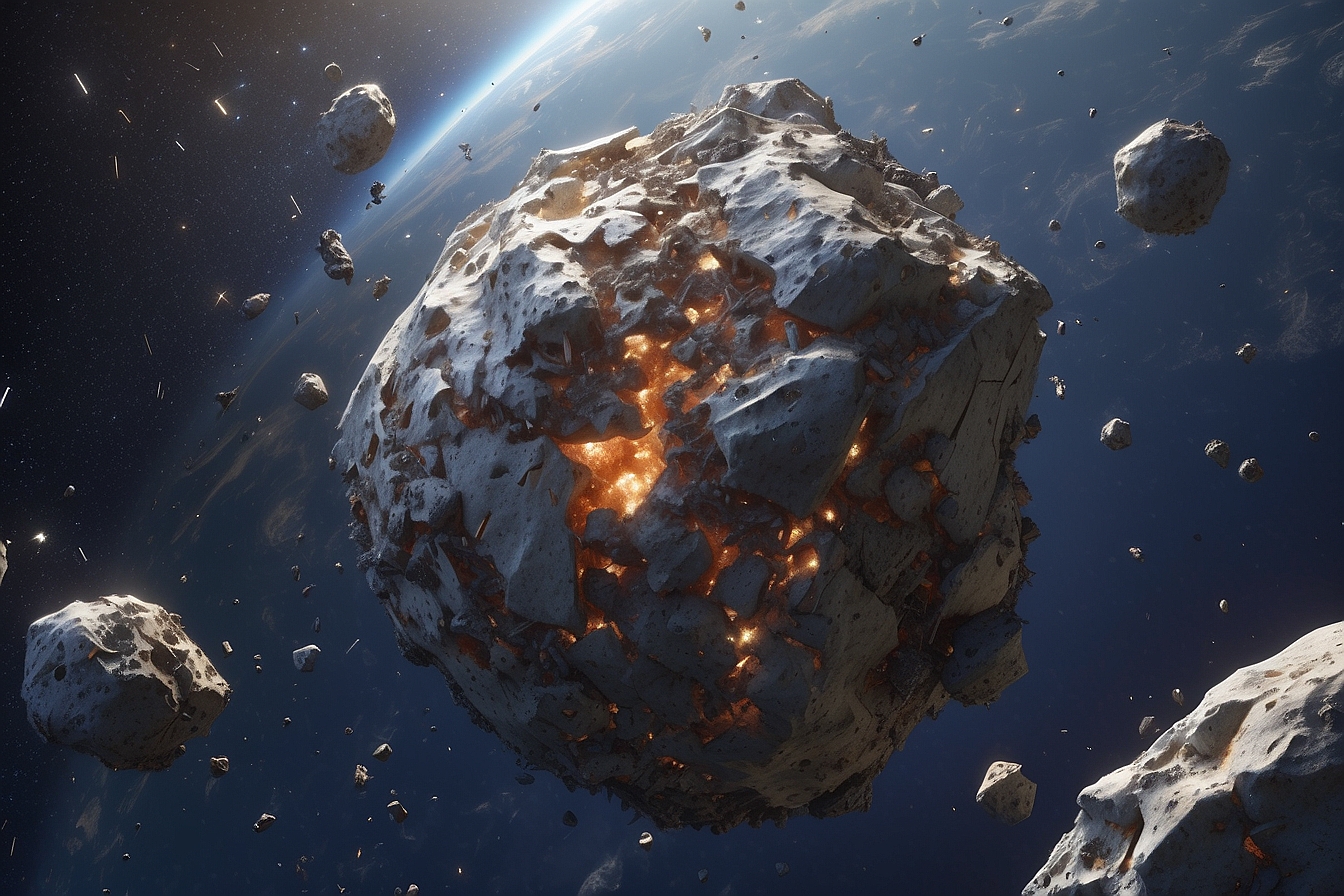
The Oscar-winning animated film “WALL-E” introduced many to a vision of Earth’s orbit crowded with space debris, a portrayal that resonates with current concerns among scientists and space agencies. This floating detritus consists of defunct satellites, spent rocket stages, and fragments from disintegrations, collisions, or other related incidents. As these objects travel at high speeds, they pose a risk to operational spacecraft, including satellites and manned missions, leading to potential damage or catastrophic collisions.
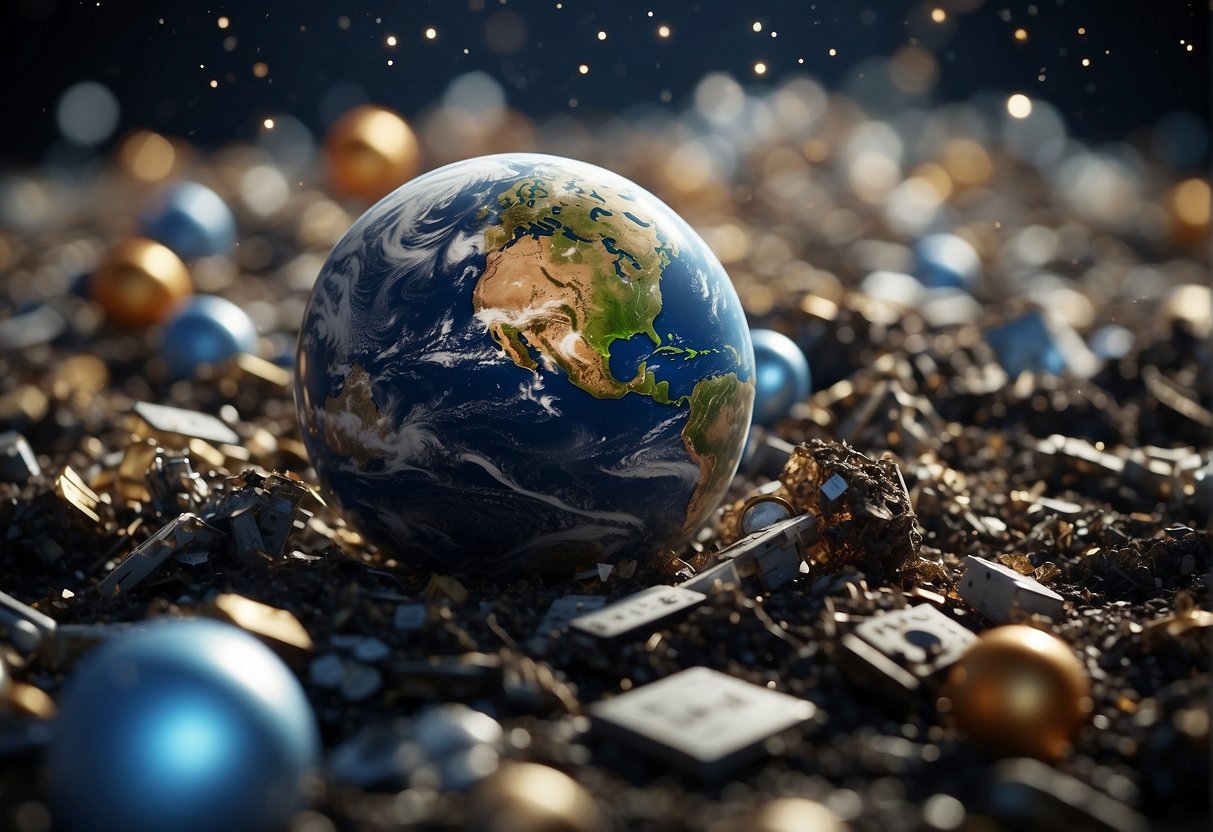
Understanding the characteristics, origins, and potential impacts of space debris is essential for the future of space exploration and the protection of our orbital environment. With efforts to manage and mitigate debris, there are strategies being developed to track and remove objects from orbit. However, ensuring the long-term sustainability of Earth’s critical orbital layers requires international cooperation and innovative technological solutions. Surveillance of space debris involves tracking thousands of pieces to predict possible collisions, while mitigation strategies include designing spacecraft that minimize debris generation.
When discussing the sustainability of space exploration and the protection of Earth’s orbit, it is essential to have a comprehensive understanding of space debris. This section explores the characteristics, origins, and potential future implications of the debris that surrounds our planet.
Orbital debris, commonly referred to as space junk, consists of objects in Earth’s orbit that no longer serve any useful purpose. This includes everything from decommissioned satellites to fragments resulting from collisions or disintegration. Such debris travels at speeds up to 7.5 kilometers per second (approximately 17,500 mph), posing a significant threat to operational spacecraft, including the International Space Station (ISS), satellites in low earth orbit, and future manned missions.
Space junk originates from various human activities in space. Man-made debris includes:
Fragmentation Debris: This category consists of smaller pieces generated by accidental explosions or high-speed collisions. These remnants pose an escalated risk due to their sheer numbers and difficulty to track.
Proposed by NASA scientist Donald J. Kessler in 1978, the Kessler Syndrome describes a scenario in which the density of objects in low earth orbit is high enough that collisions between objects could cause a cascade of collisions. Each collision generates more debris, further increasing the likelihood of subsequent collisions. This self-perpetuating cycle could exacerbate the space debris problem and potentially render some orbital regions inhospitable for decades, complicating future missions and satellite deployments.
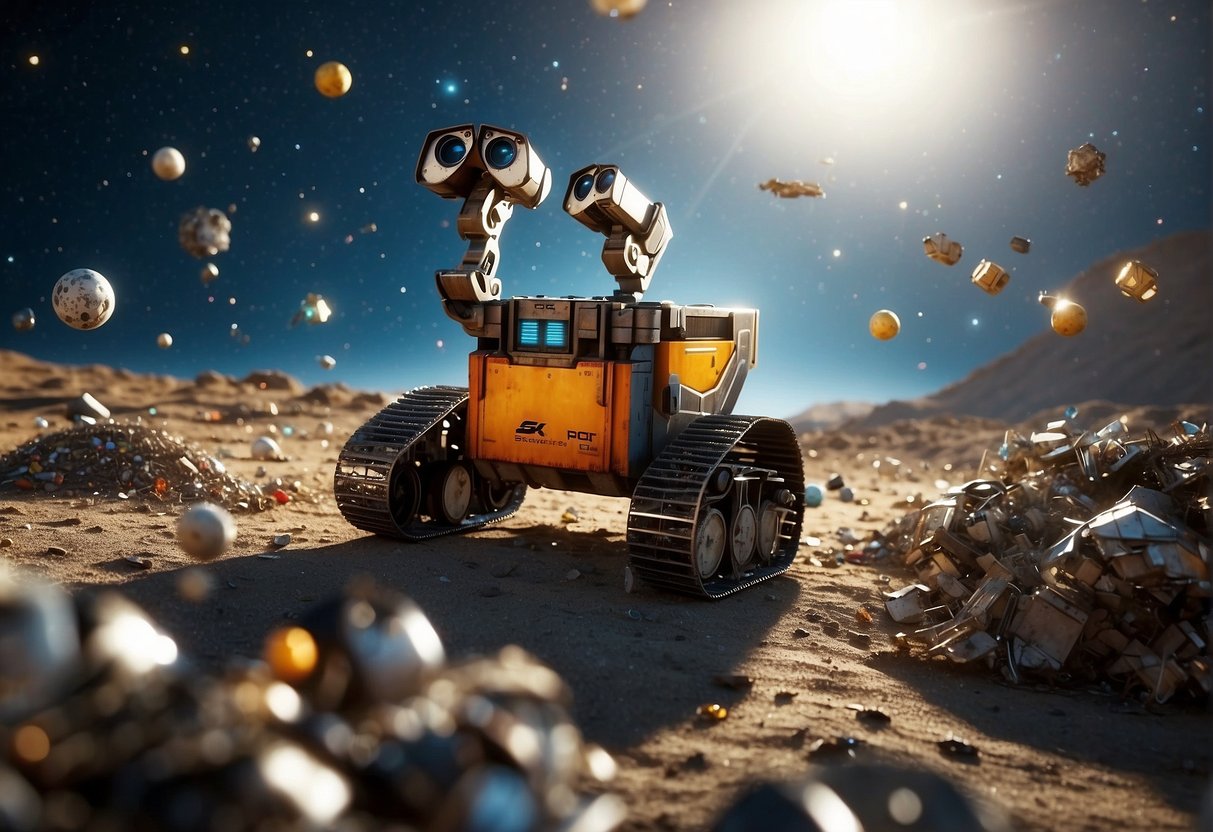
To understand the future of Earth’s orbit, it’s crucial to examine the evolution of space debris, notable incidents, and the mounting risk of collisions.
Space debris has been accumulating since the dawn of the Space Age with the launch of Sputnik in 1957. Over time, the number of debris objects—from defunct satellites to spent rocket stages and even tools dropped during spacewalks—has increased significantly. ASAT tests, or anti-satellite weapon tests, have further contributed to this clutter, leaving a trail of fragments in orbit.
One such incident is the 2009 collision between the defunct Russian satellite Cosmos 2251 and the operational Iridium communications satellite, which resulted in thousands of pieces of debris. High-profile accidents of this sort underscore the challenges posed by space debris.
As more nations and private entities send satellites into orbit, the risk of collisions in space grows. Such events can lead to a cascade effect known as Kessler Syndrome, where debris generates more debris, potentially limiting the use of specific orbital paths. It’s a challenge that continues to compound as Earth’s orbits become increasingly populated with satellites for communication, navigation, and observation.
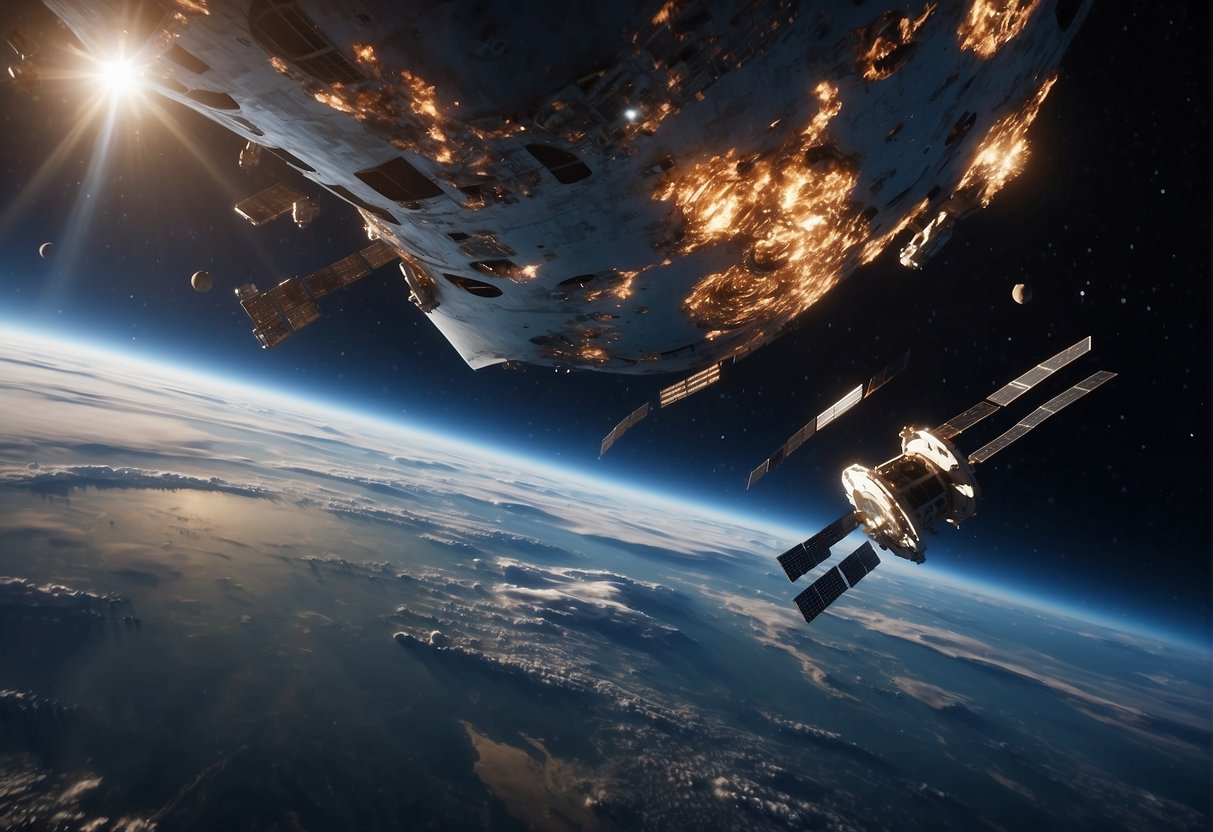
The various layers of Earth’s orbit are essential for different types of space operations, with specific altitudes and density conditions determining their suitability for different purposes.
Low Earth Orbit (LEO) is the region of space within 2,000 kilometers above the planet’s surface. It’s the busiest area of Earth’s orbit, characterized by its high density of satellites. Notably, LEO is critical for many modern conveniences such as satellite television, weather forecasting, and Earth observation, allowing for real-time communication and data collection.
Geostationary Orbit (GEO) lies approximately 35,786 kilometers above Earth’s equator. Satellites here maintain a constant position relative to the Earth’s surface, making it a prime location for communications and weather satellites. However, the GEO belt is becoming increasingly populated, leading to concerns over space debris and the potential for collisions, which could damage vital infrastructure.
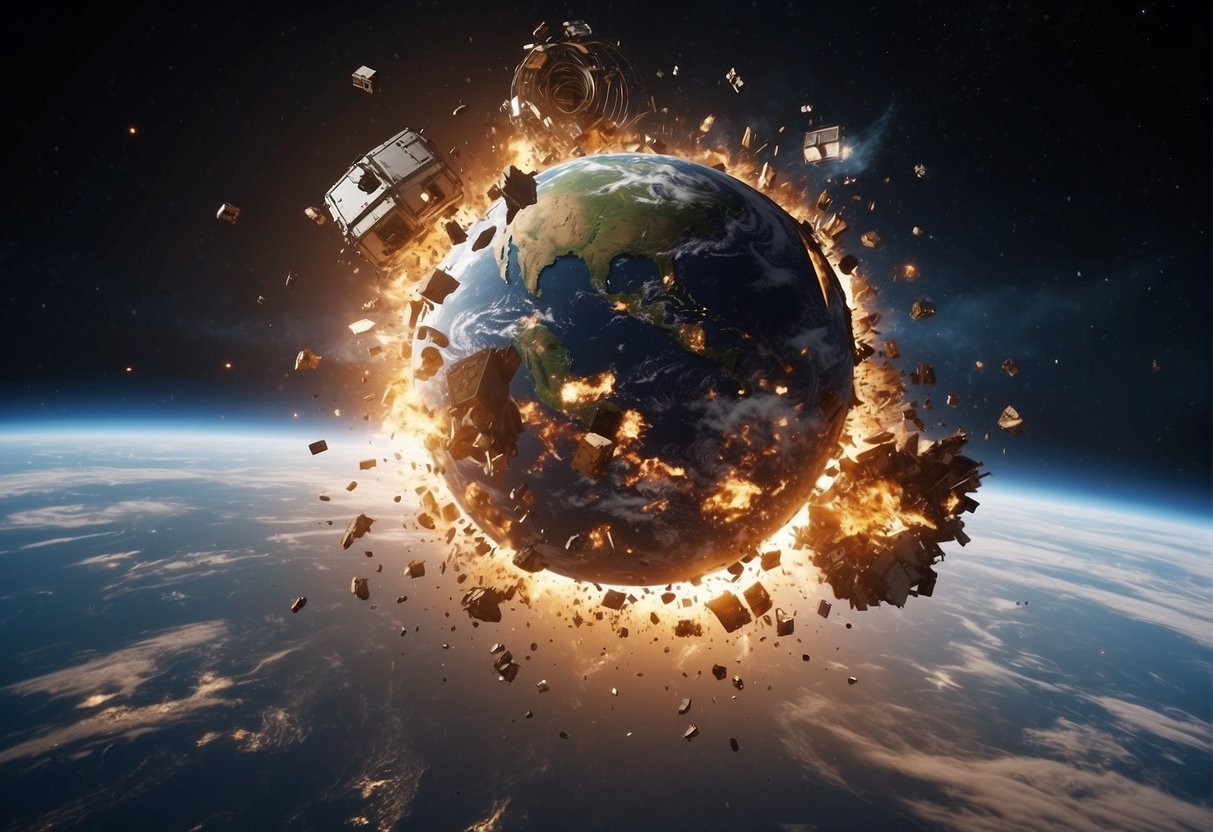
Space debris presents significant risks to satellites, space missions, and safety upon reentry to Earth’s atmosphere. The increasing amount of debris can result in damage and has potential long-term implications for spacecraft operation in Earth’s orbit.
Satellites are integral to modern communication, navigation, and observation. However, they operate in an environment increasingly populated by space debris. A collision with even a small piece of debris can cause critical damage to a satellite’s operational capabilities, leading to a loss of services such as GPS, weather forecasting, and telecommunications. Satellites must often perform collision avoidance maneuvers to mitigate these risks, which can reduce their operational lifespan.
For astronauts aboard the International Space Station (ISS) and other future space missions, space debris poses a dire hazard. Travelling at speeds over 17,500 mph, even a small fragment can penetrate the protective shielding of spacecraft and habitats. This risk necessitates rigorous monitoring and protective measures to ensure the safety of astronauts and the success of missions.
Space debris that falls back to Earth, undergoing reentry, can endure extreme heat and mechanical stress. Most debris burns up in the atmosphere, but larger objects may reach the surface, potentially endangering populated areas. Agencies actively track and predict reentry paths, and spacecraft designed for return to Earth are equipped with heat shields to withstand the intense heat generated during reentry, ensuring both vehicle integrity and ground safety.
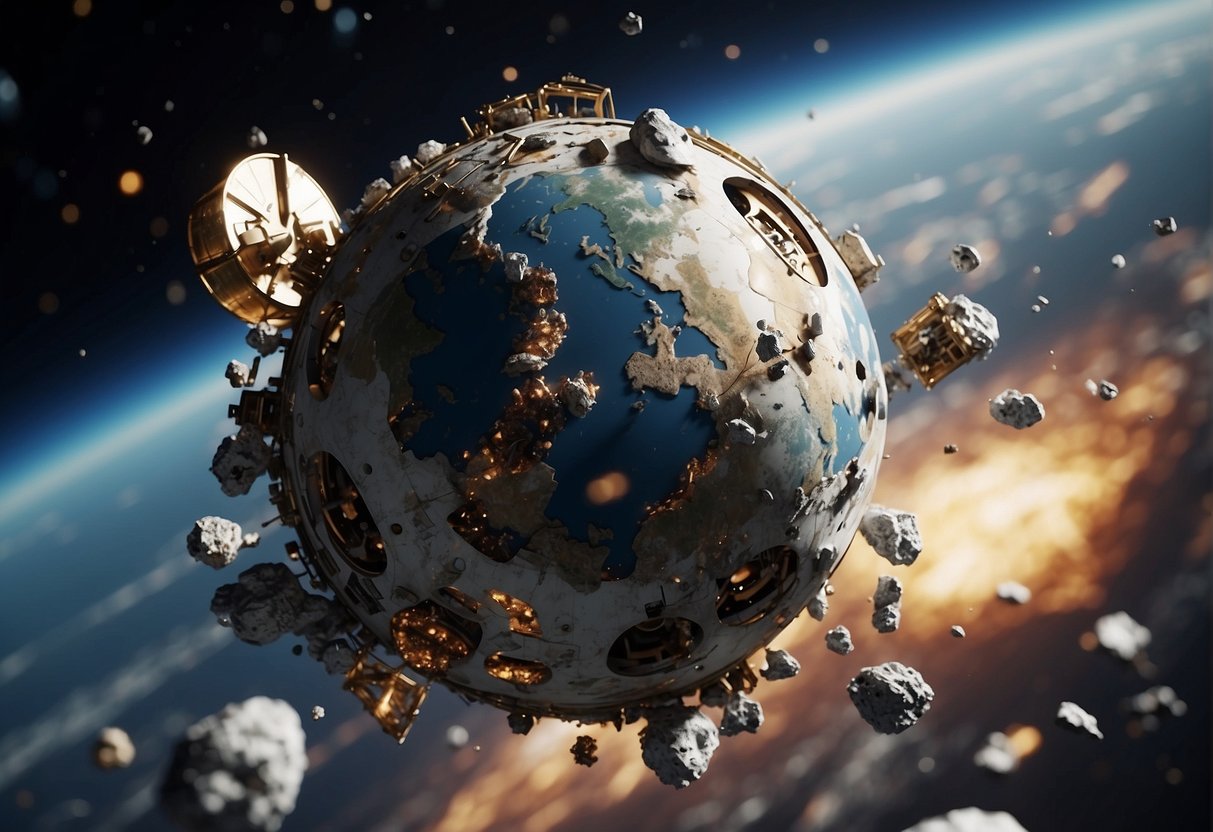
Strategies to deal with space debris encompass technological, regulatory, and collaborative efforts to protect the long-term usability of Earth’s orbit.
Space agencies routinely execute debris avoidance maneuvers to safeguard operational spacecraft from potential collisions. These maneuvers, carefully planned based on predictions of debris paths, involve slight adjustments in the spacecraft’s orbit. In addition to active avoidance, spacecraft are designed with shielding to withstand impacts from smaller debris, ensuring functionality despite the harsh space environment.
The United Nations Office for Outer Space Affairs (UNOOSA) oversees international efforts to address space debris, fostering cooperation among nations. Through the United Nations, guidelines and best practices have been established, encouraging member states to minimize debris generation. This includes the design of spacecraft and launch vehicles to avoid inadvertent debris release and the passivation of spacecraft at the end of their service life to prevent explosions.
Removing existing debris is a challenge that has prompted innovative solutions. Proposals for cleanup include various technologies, such as nets, harpoons, and lasers to either capture or alter the trajectory of debris. Some space agencies and private entities are also exploring spacecraft that can rendezvous with and de-orbit large debris items, effectively reducing the possibility of future collisions and the resultant debris proliferation.
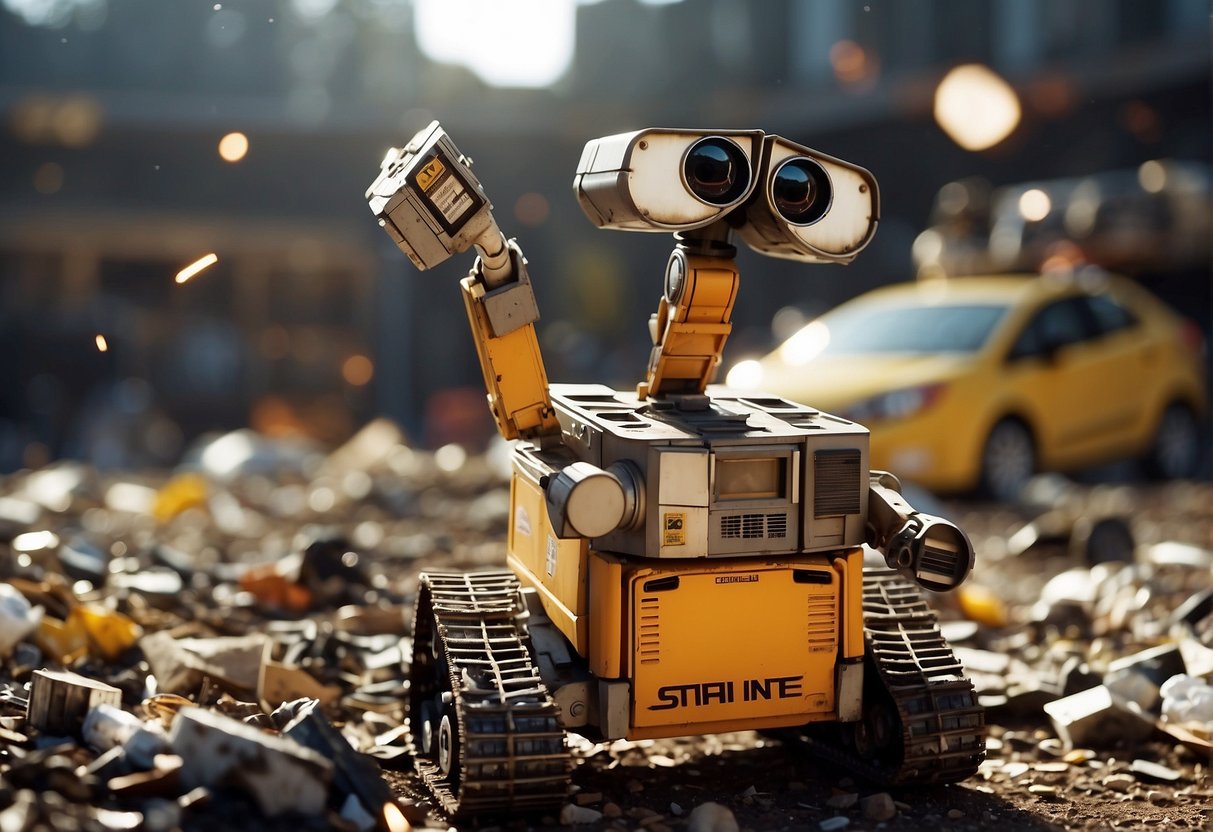
The 2008 animated film WALL-E, produced by PIXAR, stands out as a significant cultural touchstone, having sparked widespread conversation about environmental and space sustainability. Its characters, including the titular WALL-E and his companion EVE, bring to life the urgency of addressing space debris, a reality that parallels our vision for the future of Earth’s orbit.
WALL-E struck a chord with audiences by personifying the consequences of environmental neglect in the setting of space. The film’s portrayal of an Earth littered with waste and a lone robot’s journey to clean up has elevated public consciousness about the care needed for our planet and its surroundings. Similarly, WALL-E’s encounters with space debris highlight a very real problem that affects satellites and vehicles that humans send into orbit. PIXAR’s storytelling prowess exemplified by this film conveys complex issues through a simple, yet profound narrative that resonates with people of all ages, encouraging them to think critically about our impact on the environment both on Earth and in space.
Through the lens of EVE and WALL-E’s explorations, audiences are invited to consider the long-term implications of orbital debris on space operations and safety. The fascination with these characters extends beyond entertainment, sparking an interest in real-world space sustainability efforts. Educational initiatives, often inspired by such media representations, play a crucial role in informing the public about the challenges of space debris management and the importance of responsible conduct in space activities. They empower global citizens with knowledge and inspire the next generation of scientists and engineers to continue advancing the vision for a sustainable space environment, bridging the gap between cinematic reality and human responsibility.
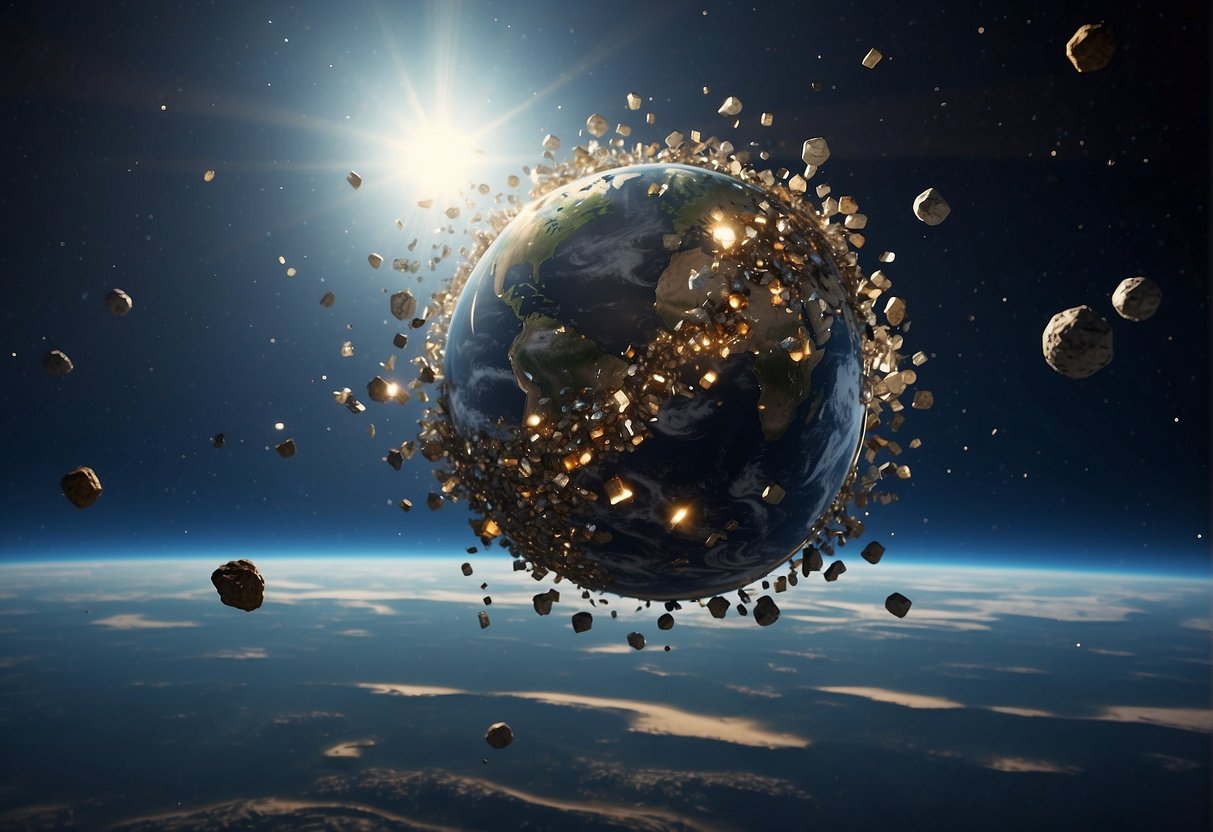
The space around our planet, specifically low Earth orbit, faces growing concerns over congestion and debris, which are becoming pertinent issues for agencies like NASA. The following subsections explore the dynamics of space debris, monitoring advancements, and preventative strategies in detail.
Low Earth Orbit (LEO) is becoming increasingly trafficked, with satellites and space debris creating a congested environment. NASA, among other space agencies, is collecting data that suggests future LEO scenarios will require enhanced collision avoidance measures. Predictive models are crucial for maintaining safe satellite operations, and the increasing number of miniaturized satellites known as CubeSats poses new challenges in tracking and management.
Technological evolution has led to significant advancements in space debris monitoring. The implementation of more sophisticated data systems has improved the tracking of objects in low and elliptical orbits. New sensors and algorithms have emerged, providing a clearer vision of the debris landscape. The continuous upgrade of these systems is critical to maintaining the integrity of space assets and ensuring the safety of future space operations.
To prevent future space debris accumulation, agencies and organizations propose a two-pronged approach:
Together, these strategies aim to safeguard the orbital neighborhoods for a sustainable future in space exploration and travel.
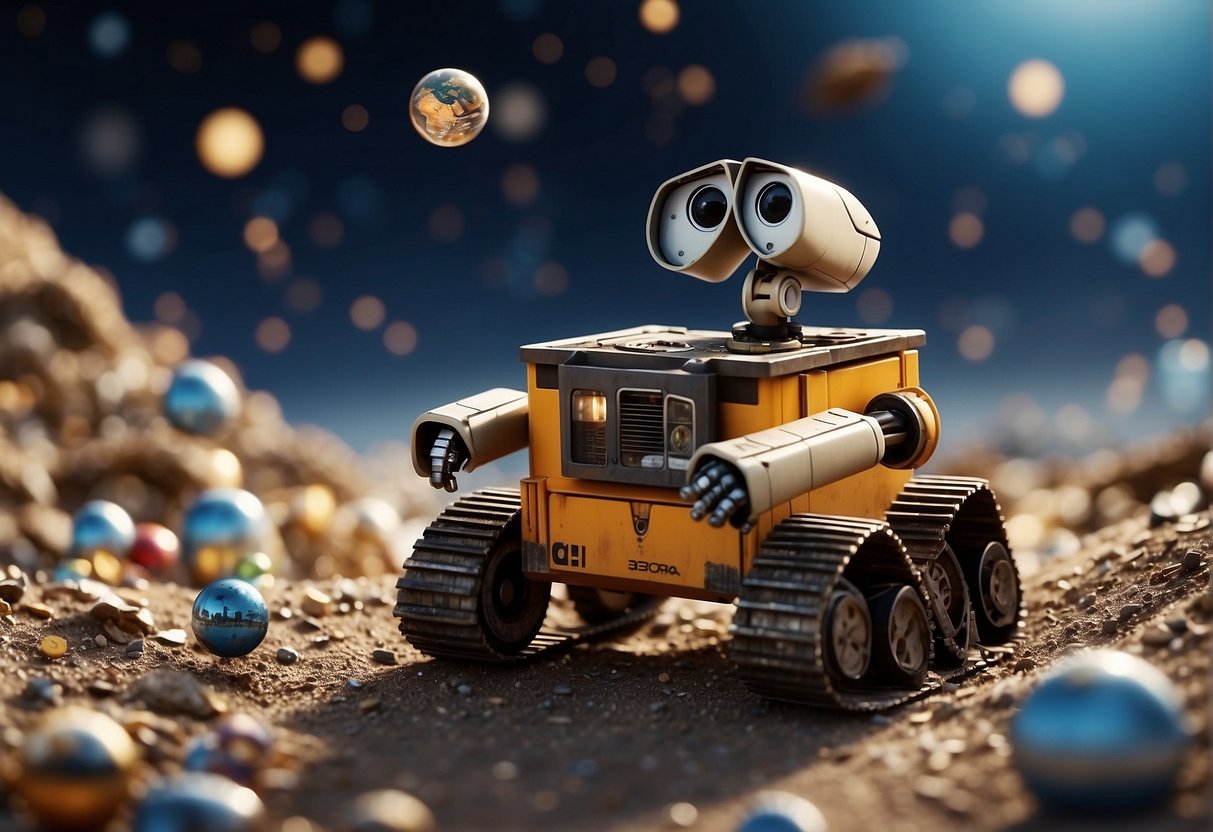
In this section, the most common inquiries regarding ‘WALL-E,’ space debris, and orbital sustainability are addressed.
The animated film ‘WALL-E’ serves as a poignant portrayal of space debris’ effects, emphasizing the need for environmental stewardship not only on Earth but also in outer space. This depiction raises awareness about the concept of Kessler Syndrome, a potential scenario where space around Earth could become too littered with debris to safely navigate, complicating future space endeavors.
There are ongoing initiatives to mitigate space debris, such as those aimed at improving satellite design for end-of-life deorbiting, and adherence to international guidelines that require the removal of satellites from valuable orbital regions post-mission. These measures are critical to managing debris and ensuring the long-term usability of Earth’s orbits.
Increasing amounts of orbital debris pose significant risks to satellite operations, as collisions with even small particles can cause substantial damage due to high-velocity impacts. This growing threat necessitates improved tracking of space debris and the development of more robust satellite shields.
Observations from space, such as the browning of land, can provide valuable data for analyzing changes in Earth’s environmental conditions. These visuals help researchers monitor phenomena like deforestation, desertification, and the health of vegetation on a global scale, deepening our understanding of Earth’s ecosystems.
To mitigate the risks of space junk, new technologies are being developed including robotic arms to remove debris, harpoons, and nets for capturing and maneuvering objects out of critical orbits. Such innovations are essential for ensuring the safety of astronauts and the integrity of satellites.
International space agencies are collaborating by sharing data on space debris, standardizing satellite disposal practices, and conducting joint operations for debris monitoring and removal. This global cooperation is paramount to effectively managing the risks associated with orbital debris and securing a sustainable environment in space for future generations.